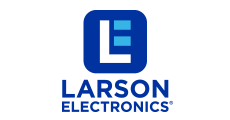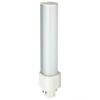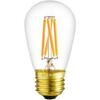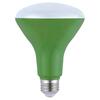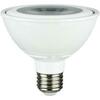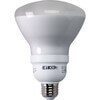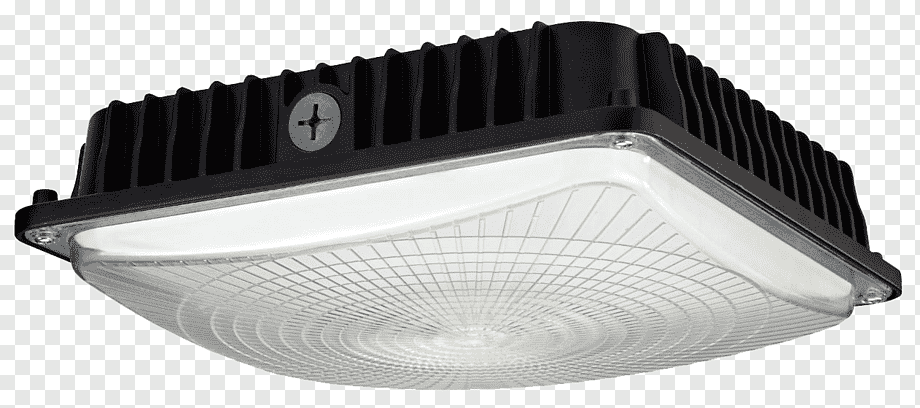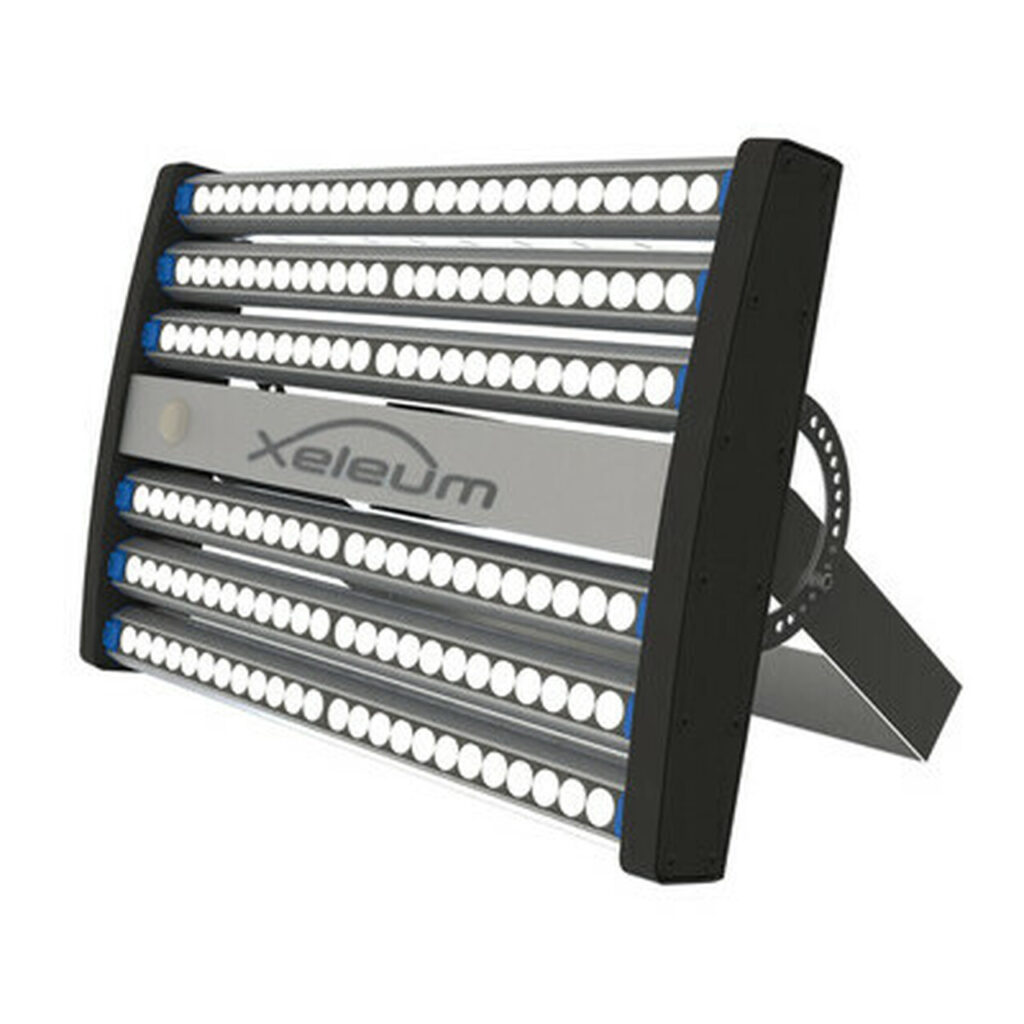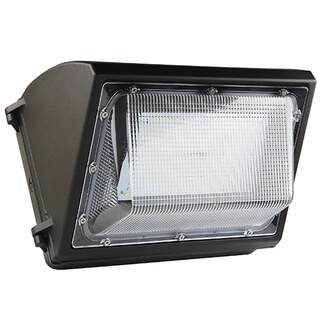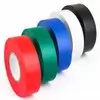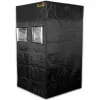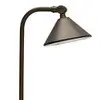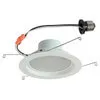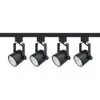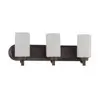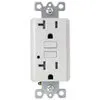Choosing a grow light for your indoor plants and indoor gardening is a decision that is worth thinking through properly. So, in this piece, you will be reading a guide to help you maximize that thought process to end up with a good choice for your indoor planting need. Below are the variables worth considering.
You will need to decide whether you want to go for a cool or warm grow light. However, the different plant requires color spectrum. The color spectrum has its influence on the plants in the indoor planting space. When you go shopping for grow lights, the color spectrum is indicated in numbers. You will see something like 2500k, 3500k, 4000k, etc., but take note that the higher the number, the cooler it is. This cut across all the grow light types.
Grow lights under the HID grow lights are a good option for indoor plants and indoor gardening. Here is information on HID grow lights to learn about it a little;
HID Grow Lights
Although, this grow light type is expensive, produces a lot of heat, consumes high electricity, and needs unique light fixtures. These lights are very effective and travel far when installed. There are two bulb types for HID grow lights: HPS (High-pressure sodium) bulbs and MH (metal halide) bulbs. These two bulbs may be used together, but it is important to note they require different special fixtures. The High-pressure sodium bulbs are low spectrum and good for flowering, while the metal halide bulbs are high spectrum and perfect for vegetative growth. Generally, HID grow lights are good for plants like tomatoes.
Fluorescent Grow Lights
You may as well consider fluorescent grow lights. They are good for vegetable planting indoors. They are usually tubelike and long in structure. They have a lifespan of up to 20000 hours, and they come in different forms. There are different fluorescent grow light types; the T8, T5, and T12 Tube Lights may be encouraged. T5 is acknowledged to be the brightest of all. Interestingly, narrower ones are brighter and more efficient. Fluorescent grow lights may either be Compact Fluorescent lights (CFL) or Cold cathode fluorescent lights (CCFL).
LED Grow Lights
The light-emitting diode, also known as LED grow lights, are another option of grow lights which may either be a single die or multiple dies. Interestingly, they can be adjusted to produce the wavelength of light required base on the plant needs. It uses electrical energy to produce the spectrum of light. This is another option for indoor plants and indoor gardening. You may go for LED grow lights that fit your indoor planting project specification and needs.
With this, I believe you can easily make the appropriate choice of grow lights for your indoor plants and indoor gardening. While this piece may not give you a particular grow light, each indoor planting project has different requirements, and each indoor planting project is unique. Whatever your requirements are, it will fit into any of these grow lights discussed above.





